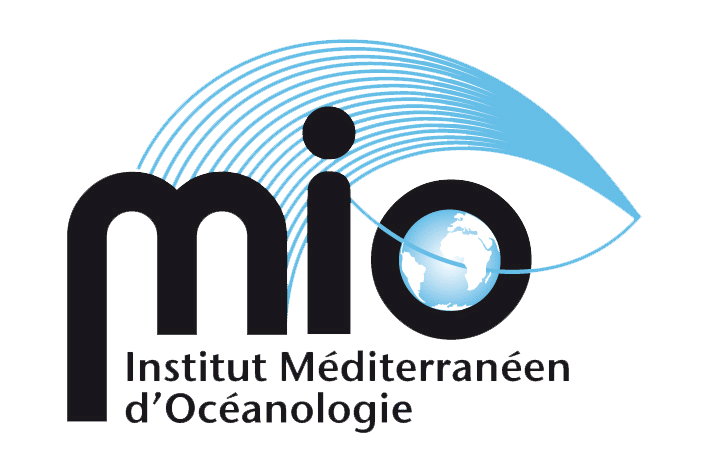HOPE - How do diazotrophs shape the ocean's biological carbon pump?
From the single cell to the ecosystem
PI : Sophie Bonnet

HOPE's ambition is to study the role of our tropical and subtropical oceans in carbon sequestration, using innovative approaches examining processes occurring on different spatio-temporal scales.
The website
Our objectives
Our 3 specific objectives are as follows:
- To determine how various diazotrophs aggregate, sink and are remineralised using the SOCRATE automated experimental water column designed for this project,
- To determine the pathways by which organic C derived from diazotrophs is exported to the deep ocean using a pioneering approach combining single-cell isotope analyses, in-depth microbiological characterisation of sinking particles and geochemical balances during seasonal oceanographic campaigns,
- To study how environmental factors control the whole process, from the surface diazotroph community to their final export to the deep ocean, by deploying a state-of-the-art autonomous platform, unique in that it takes synoptic measurements both in and below the euphotic zone at high resolution (hourly/daily).
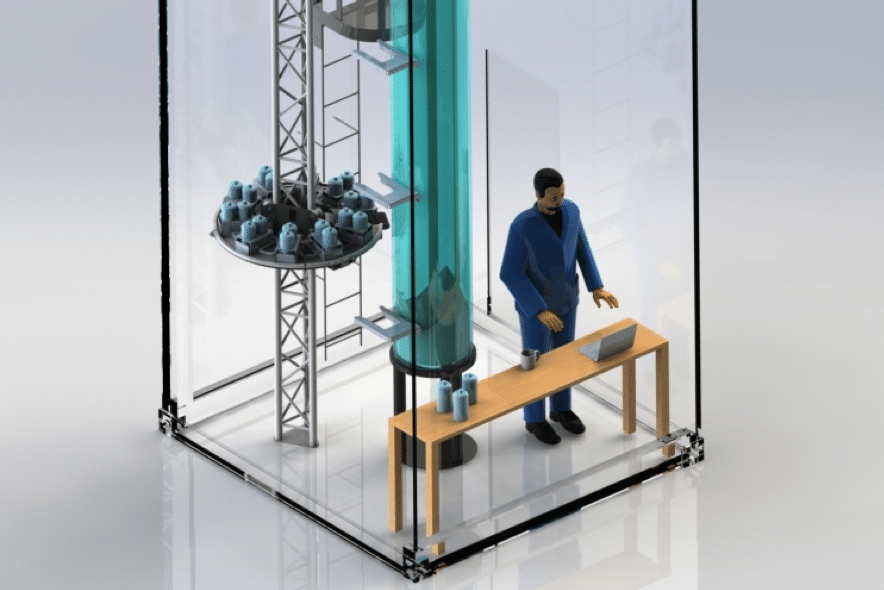
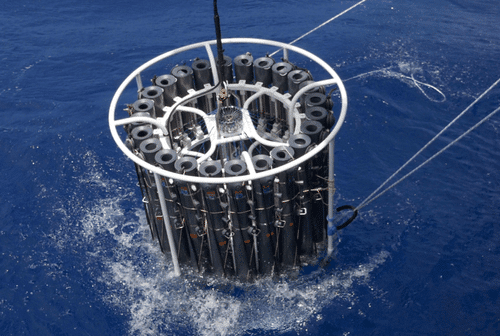
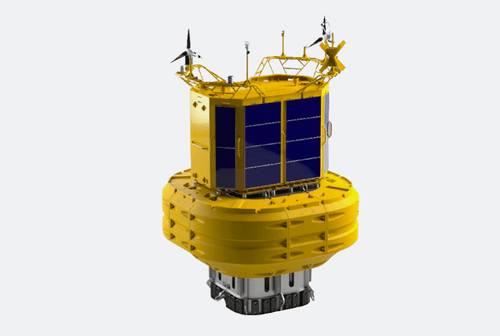
HOPE-VV: Physical processes also contribute to carbon storage
In addition to the gravitational sedimentation of CO, physical mechanisms also transport suspended particles and particles that sink to depth. These include several processes acting on different spatial and temporal scales.
Discover the HOPE-VV project page
Our study site
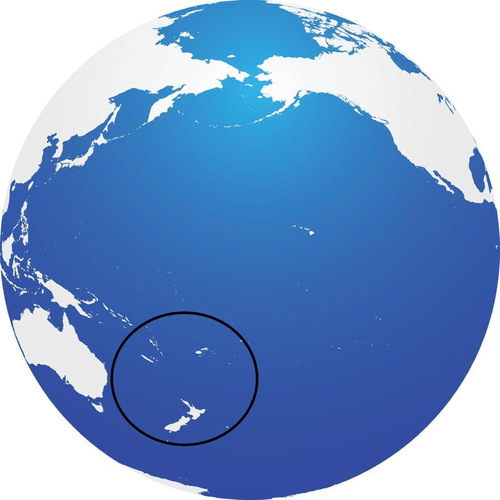
The HOPE and HOPE-VV projects will take place at two carefully selected study sites, which are distinguished by the diversity of their diazotrophic communities, trophic regimes and physical conditions.

The HOPE project is funded by the European Union
Share on :
